Unfortunately, we cannot do without some strange words. These words that are often used in photography and you may come across them in books or magazines.
No worries, one day you will surely know them all. But for starters, you can read more about them here.
Aberration
An aberration in photography is an optical effect that causes a distortion in an image. This can be caused by a number of factors, including the lens you are using, the distance between the object and camera, and the ambient light conditions.
Aperture
Aperture is the size of the hole in your lens that lets light through. It affects things like the depth of field and how blurry or in focus your photos will be.

Aperture Priority
Aperture priority is an automatic mode on your camera where you can choose the aperture and the camera will choose the shutter speed. This can be helpful when you want to control how much light comes in and how blurry the background is.
Autofocus
Autofocus is when your camera focuses on the subject automatically
B&W
B&W photography is a type of photography where you take pictures that are black and white. This can give your photos a special look.
Backlight
Backlight is when the light is behind your subject. This can cause a lot of shadows and make your photo look different than normal.
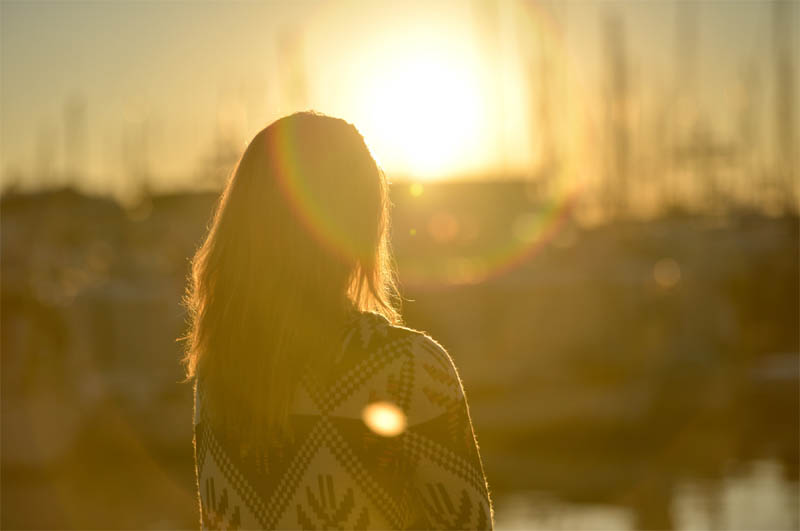
Bokeh
Bokeh is the effect in photography when you have a blurry background. This happens when you have a large aperture and the focus is on something in the foreground.

Camera Obscura
Camera obscura is an old optical device and camera predecessor that captures an image of a scene. It does this by projecting the scene onto a screen or other surface. In history, camera obscuras were used as a drawing aid.
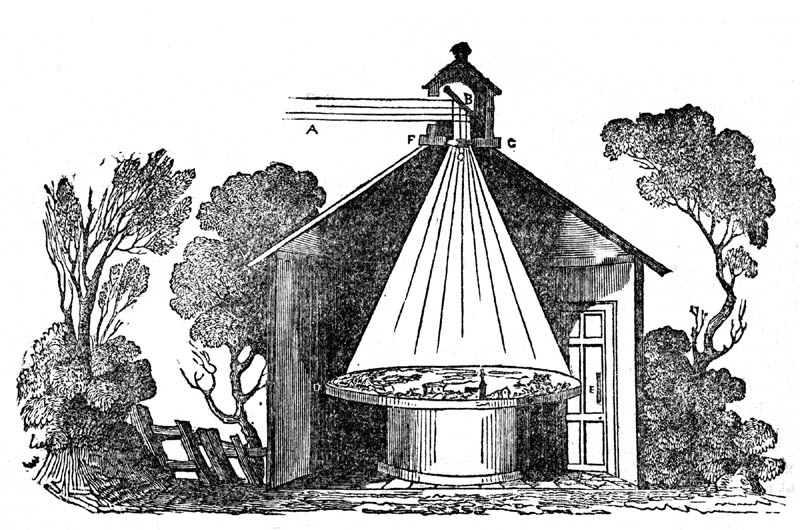
Candid Photos
Candid photos are when people don’t know that they’re being photographed. This can make for more interesting or natural photos.
Close-up
In photography, a close-up is a photo of something that is close to the camera. This can make for some interesting detailed photos because it makes the object look bigger than it really is.
Composition
A photo is composed when the photographer arranges the elements in the scene to create a certain effect. This can be done by moving people or objects around, or by using props to create a specific look.
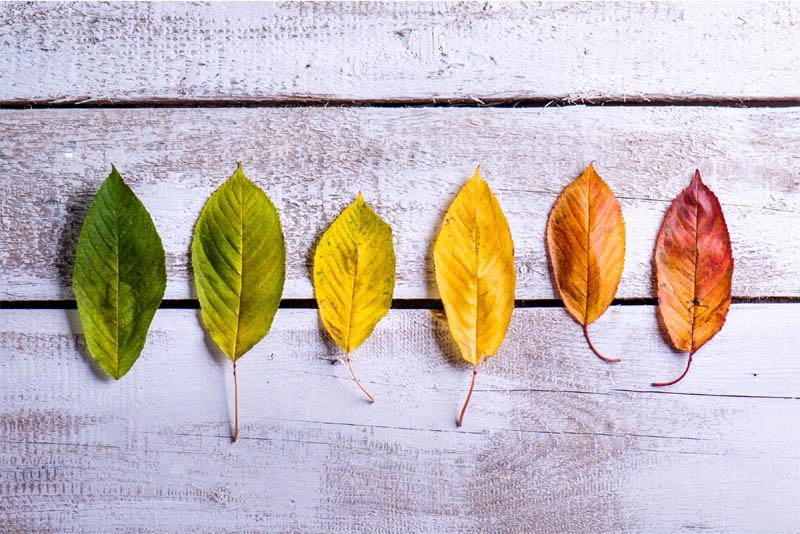
Colour Depth
When taking photos, there is a range of colours that the picture can have. This is called the colour depth. The higher the number, the more colours the photo will be able to show.
Crop
Cropping is when you cut part of the photo off. This can be done for a number of reasons, like making the photo smaller, changing the composition or removing unwanted objects from the picture.
Depth Of Field
Depth of field is how blurry or in focus your photos will be. This happens when you have a large aperture and the focus is on something in the foreground. A photo with a wide depth of field will be sharp everywhere. A photo with a shallow depth of field will be focused only in a small area.
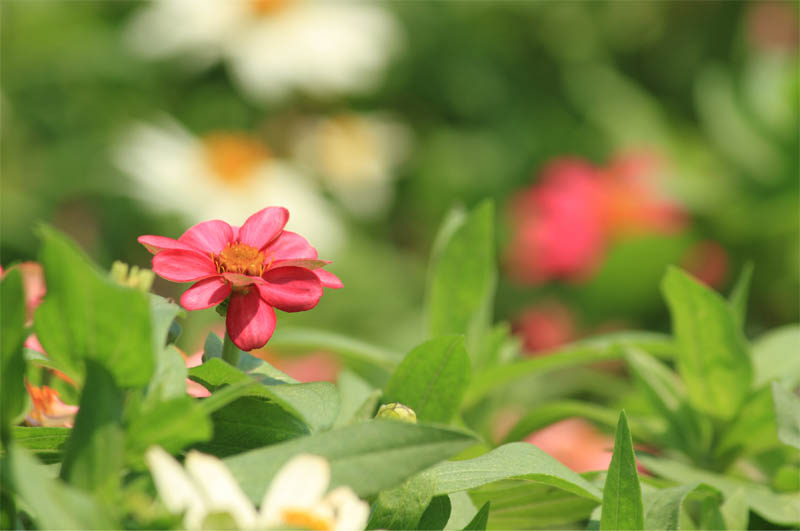
DSLR
DSLR cameras are special photography cameras that let you take really good photos. They have a bigger lens than normal cameras, which means you can take photos of things that are far away without them looking blurry. They also have a better depth of field, so you can make the background of your photos blurry if you want.
Dynamic Range
Dynamic range is the difference between the lightest and darkest parts of a photo. This can be affected by the aperture size, lens you are using, and distance between the object and camera.
Exposure
An exposure is how much light your camera sensor is exposed to and how long the light strikes the sensor or film. It affects how bright or dark your photo will be. Very long exposure and tripod can help you create really interesting night photos.

F-Stop
An F-stop is the number on a camera or lens that indicates the size of the aperture or how big the hole is in your lens. The bigger the hole (lower F-stop number), the more light comes in. This can make your photos brighter or cause them to be blurry.

Fish-Eye
Fish-eye lens are special lenses that make photos look like they’re taken from inside a fish’s eye. They distort images in a really cool way, and can be used to create interesting effects in your photos.

Flash
When taking photos, sometimes you might want to use a flash. This is a kind of light that helps to take pictures in dark places. Some cameras have a small flash built-in, for DSLR you can use external flash that you can use to get more light and better photos.
Focal Length
The focal length is a distance from the centre of a lens to the camera sensor or film. This can affect things like the depth of field and how blurry or in focus your photos will be. Is measured in millimetres.
Golden Hour
Golden hour in photography is a time when the light is really nice. It’s often said that this is the best time to take photos. The light is softer and creates nicer looking photos. It is just after sunrise or before sunset.

Histogram
A histogram is a graph that shows how much light is in a photo. It can be used in computer graphic software to help you understand how well your photo was exposed and to adjust your settings accordingly.
Hot Shoe
Hot shoe is the piece on your camera that holds an external flash unit. This can make it much easier to get better light in your photos and get rid of shadows or dark spots.
ISO
ISO is the number that shows how sensitive your camera sensor is to light. The higher the ISO number, the more sensitive it is and you can take a photo in lower light, but this can also make your photos grainier or more blurry.
JPG
JPG (or JPEG) is a format for photos that stands for Joint Photographic Experts Group. This format helps to make photos smaller in size so they can be easily edited, shared or stored. JPGs are usually good for photos that don’t have a lot of detail in them, like landscapes or close-ups.
Landscape
Landscape photography is a type of photography that captures scenery. This can be mountains, rivers, forests, or any other kind of natural scene. The best time to photograph a landscape is Golden Hour in the spring or autumn.
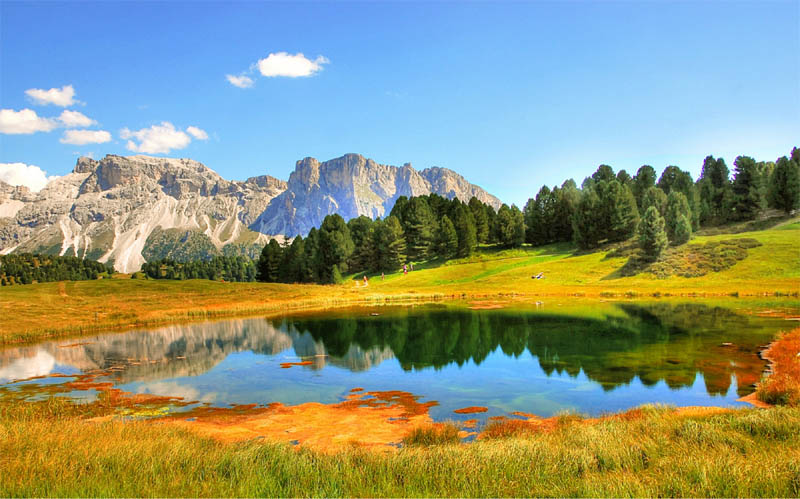
LCD
The LCD (liquid crystal display) is the screen on the back of digital cameras and what you look at to see your photos. It allows the photographer to view a photo right after it is taken.
Lens
A lens is a part of the camera that helps control how much light comes into the camera. They can be fixed or zoom lenses. They also help determine how blurry or in focus your photos will be.
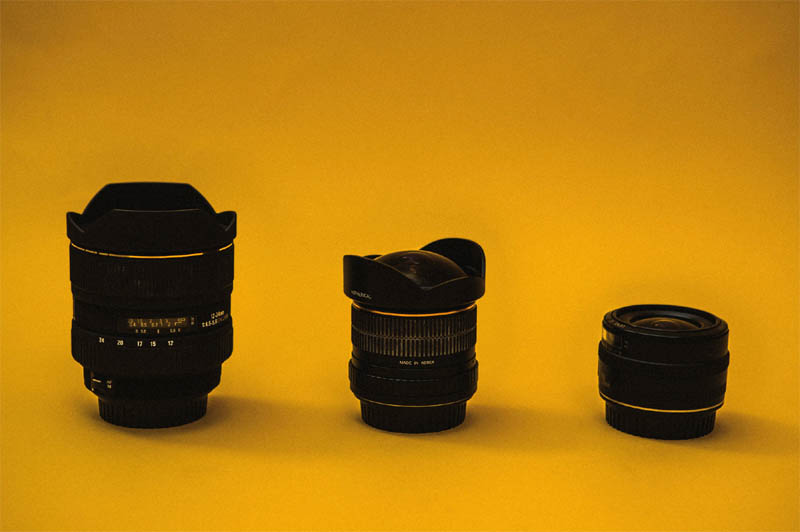
Lens Flare
Lens flare is when light reflects off the lens and creates a streak or haze in your photos. It can often make photos look unprofessional or like you didn’t take care in taking the photo. On the other hand if you learn how to use it in your favour, it can look very artistic.

Lens Speed
Lens speed is how fast a lens can change its focus. This can be important when taking pictures of things that are moving around, like people or cars. The faster the lens, the quicker it can adjust and take the picture.
Macro
Macro photography is a type of photography that captures small objects in great detail. This can be useful for photographing things like flowers or insects, since you can get really close and see all the details.

Macro Lens
A macro lens is a type of lens that helps you take close-up photos of objects. This can be useful for photographing things like flowers or insects, since you can get really close and see all the details and make the subject large enough to fill the frame.
Manual Settings
When you are more experienced, you can control how your photo looks by using Manual settings on your camera. This means that you can choose what aperture, shutter speed, and ISO to use. This can be helpful in situations where you want more control over how your photo turns out.
Memory Card
A memory card is a card that stores photos in your camera. You can take the memory card out of your camera and put it in a computer to look at the photos or to edit them.
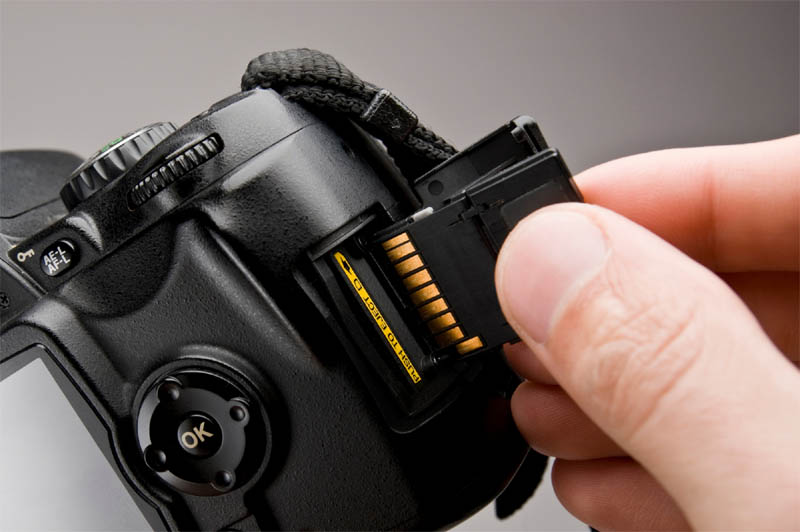
Mode (or Program)
There are different automatic modes that you can choose from when you’re taking pictures with a DSLR camera. These modes control how the camera will take the picture. Some common shooting modes are landscape, portrait, sport, close-up or night. They can help you in the beginning to get a feel for how your camera works.
Noise
Noise is when your photos have a lot of graininess or blurriness in them, usually when you photograph in a low light with a high ISO. This can often make your photos look unprofessional or like you didn’t take care in taking the photo but sometimes it is necessary especially when you don´t have a chance to take a photo again or photograph with flash.
Panorama
A panorama is a really wide photo that captures a lot of the scene in front of you. This can be done by taking a series of photos and stitching them together in computer, or by using a special panoramic lens.
Pixel
A pixel is the smallest part of a digital photo. When you take a photo, your camera captures lots of these little squares and puts them together to create the photo that you see on your screen.
Point And Shoot
Point and shoot cameras are simple cameras that are very easy to use. You just point them at what you want to take a picture of and shoot! They’re perfect for beginners who don’t want to have to worry about all the different settings on a DSLR camera.
Point Of View
Point of view is a position from which you take a photo. You can take a photo from different points of view. This means that the camera could be high up or down low. The best example is taking photo of your pet. You should always take it from ‘his’ point of view
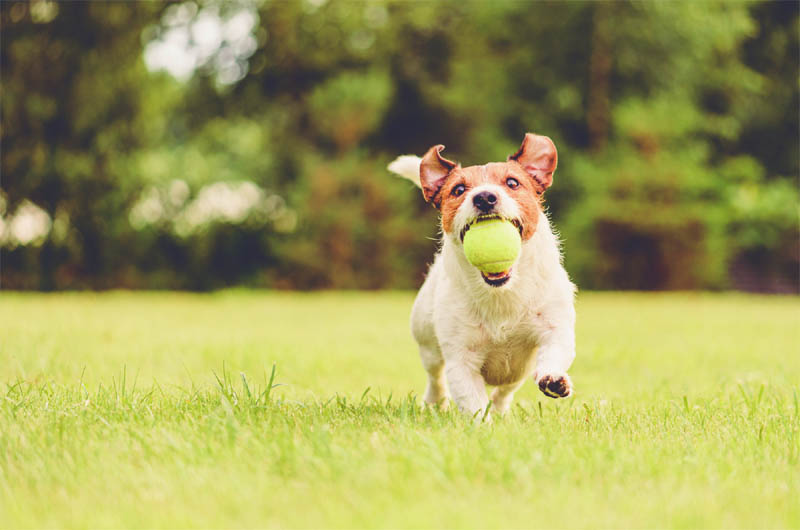
Portrait
In photography, a portrait is a picture of someone. You can take portraits of people from different angles and distances. It’s best to take portraits when your subject is relaxed and feeling comfortable. You can also make a portrait photo of your pet. Or something even bigger 🙂
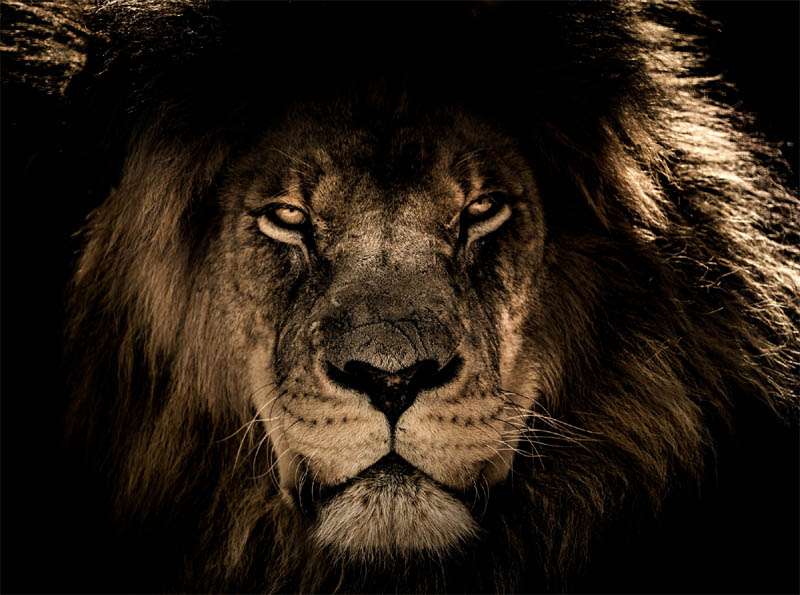
RAW
Raw is a type of photo format that some cameras can take pictures in. This format keeps all the information your camera sensor captures when you take the photo. This means that you can edit the photo later on more easily because there is more data to work with. However, Raw photos are usually larger in size than JPG photos, so they take up more space on your memory card. When you’re just getting started, JPG is a better choice.
Resolution
Resolution is the number of pixels that make up a digital photo. Or simply how good the picture looks. The higher the resolution, the better it will look.
Rule Of Thirds
The Rule of Thirds is a rule in photography that can help you take better photos. The basic idea is that you should try to position your subject on one of the thirds lines that divide the photo, rather than in the middle. This can help make your photos look more balanced and more interesting.
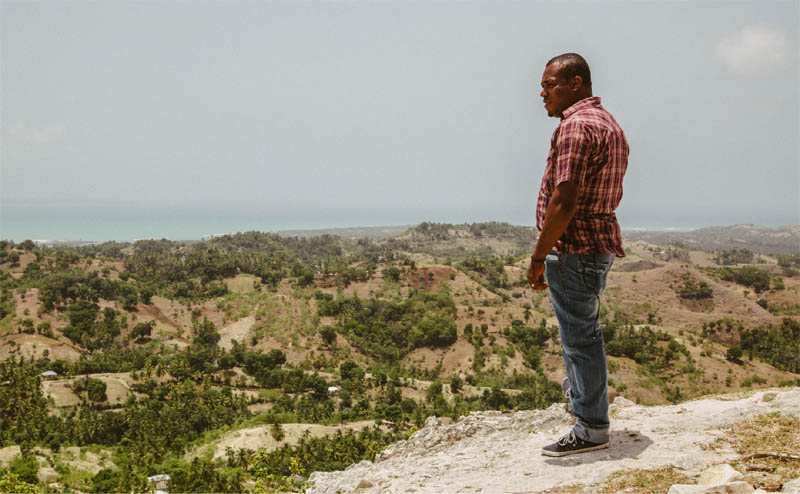
Self-portrait
A self-portrait is a picture of yourself. You can take them from different angles and distances, but it’s best to take them when you’re relaxed and feeling comfortable. You can also use a mirror or window, tripod and things that characterize you.
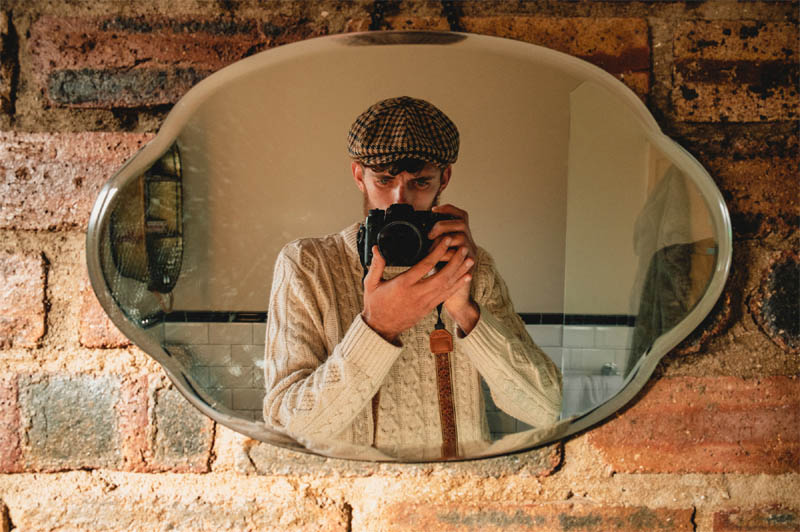
Self-timer
The self-timer is a function on cameras that helps you take photos of yourself. It works by setting a timer for a certain number of seconds, usually 10, and then the camera will take the photo automatically. This is helpful because it means you don’t have to ask someone else to take your photo for you, and you can also get in the photo yourself.
Sensor
A sensor is the part of a camera that captures the light to make a photo. The more sensitive the sensor is to light, the better your photos will turn out, especially in low-light situations.
Shutter
The shutter is the part of the camera that helps control how long the light stays on to make a photo. It is actually a shade in front of sensor that opens when the shutter button is pressed. It can be opened for a short amount of time or for a longer time, depending on what you want your photo to look like.
Shutter Button
The shutter button is the button on camera you press to take a photo
Shutter Priority
Shutter priority mode is a photography mode that lets you control how long the shutter stays open. This can be helpful for capturing different types of photos. For example, if you want to take a photo of a moving object, you can set the shutter to stay open for a shorter amount of time so that the object will not be blurry in the photo.
Shutter Speed
Shutter speed can help you take photos in different ways, depending on what you want to do. For example, if you set it to a fast shutter speed like 1/500th of a second, the camera will freeze any motion in the photo and make it look sharp. This can be helpful for capturing moving objects, such as sports or wildlife. A slow shutter speed like 1/30th of a second is often used for long exposure, which can give your photos an artistic blur or create dreamy effects.
Still Life
Still life photography is the art of taking photos of inanimate objects. This could be a bunch of flowers, a bowl of fruit, or any other object that you want to capture and preserve in a photo. Still life photos can be really beautiful and showcase your skills as a photographer.
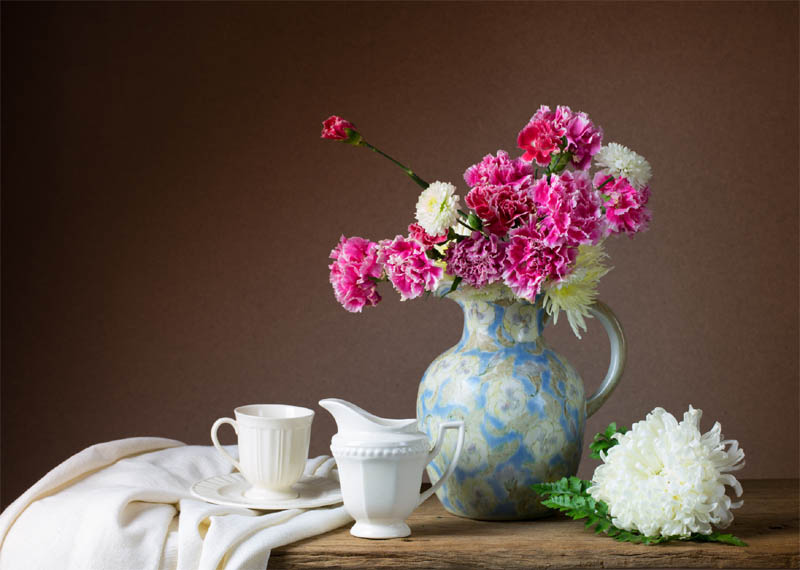
Straight Horizon
When you take a landscape picture, it’s important to have a straight horizon. This means that the lines in your photo should be straight, and not curved. This makes your photo look more professional and like you took care in taking the picture.
Subject
In photography, a subject is the person or thing that you take a picture of.
Telephoto
Telephoto lenses are used to take photos of faraway objects. They make the object look closer than it really is. They have a longer focal length than a standard (usually bigger than 70mm) and are best for photographing sport or wild life.
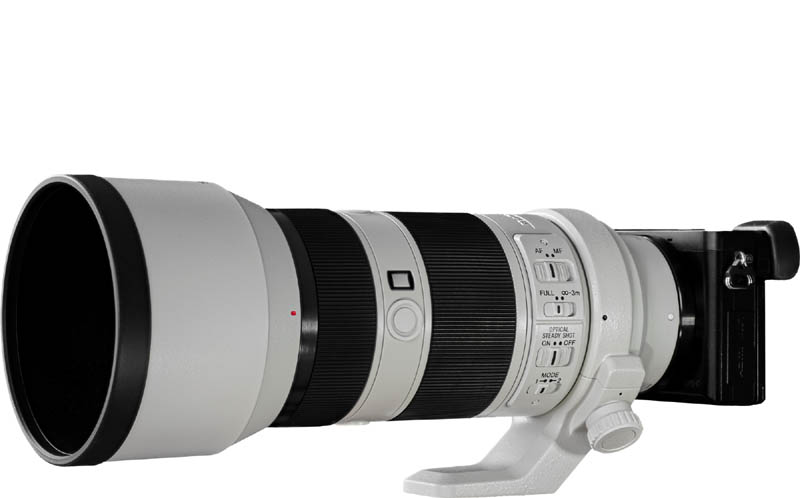
Tripod
A tripod is an important tool for photographers. It is a three legged stand that support the camera and helps to keep the camera still when taking a picture, which can help you take clear photos without any blur.
White Balance
White balance is the way that your camera can adjust the colours in a photo to make them look more accurate and natural. This is important because different light sources can give photos different colours, and white balance can help to fix this. When you set the white balance, you are telling the camera what kind of light you are taking the photo in, so it can adjust the colours accordingly.
Wide-angle
Wide-angle lenses are used to take photos of a lot of things in one photo. They captures more of the area surrounding the main subject so they are often used in landscape photography or groups of people. They have a shorter focal length than a standard lens, which means that they are usually smaller.
Viewfinder
The viewfinder is the part of the camera where you see what the picture will look like. It is important to learn to look through the viewfinder to make sure that everything is in focus and how you want the photo to look before you take it.
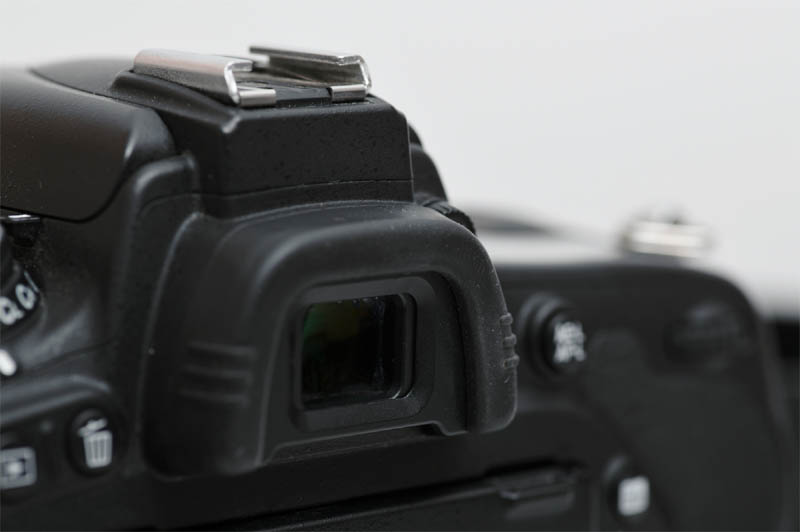
Zoom
Zoom is a way to make a photo look closer than it really is. You can do this by moving the camera closer to the object or by using a zoom lens on the camera. Zoom-in means that you are making the photo look closer, and Zoom-out means that you are making the photo look further away.
Zoom Lens
Zoom lens has an adjustable angle of view and help you to take pictures of things that are far away. They can help to compose your photo more easily.
